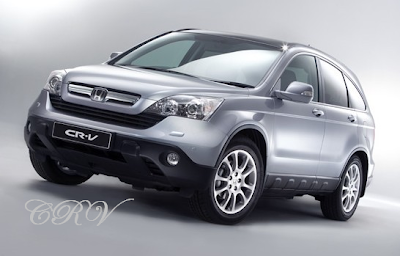When the original Honda CR-V debuted in the late 1990s, its mission was simple: to offer a distinct alternative to more mainstream mid- and full-size large SUVs. With its car-based design, four-cylinder engine and sedanlike ride and handling, the CR-V was an instant hit. Priced competitively and offering plenty of passenger room and cargo capacity for most people's needs, the Honda CR-V has long enjoyed strong sales numbers and much loyalty from consumers.
Today, the compact- or small-SUV segment has grown to include more than a dozen different models, with varying philosophies of what constitutes the perfect blend of size, power and capability. While some models offer V6 engines and others can deliver true off-road capability, the Honda CR-V remains focused on its carlike aspirations. True to form, it is one of the best choices available in the all-important areas of on-road drivability and practicality.Honda Motor will formally unveil the face-lifted 2010 Honda CR-V in Japan on September 17, but the modest alterations are barely worth the wait — or the major splash-and-tease on Honda's global Web site, which features a single front three-quarters shot of the car and an entreaty to come back for more details in mid-September.
The nose job, in fact, was described by a Honda U.S. spokesman as "a minor model change." The U.S. version goes on sale on September 19.
Comparing the 2010 model with the current CR-V, it appears that Honda has changed the grille, bumper and front fascia — a "freshening," in the parlance of the product development specialists — and little else.


0 Comments:
Post a Comment